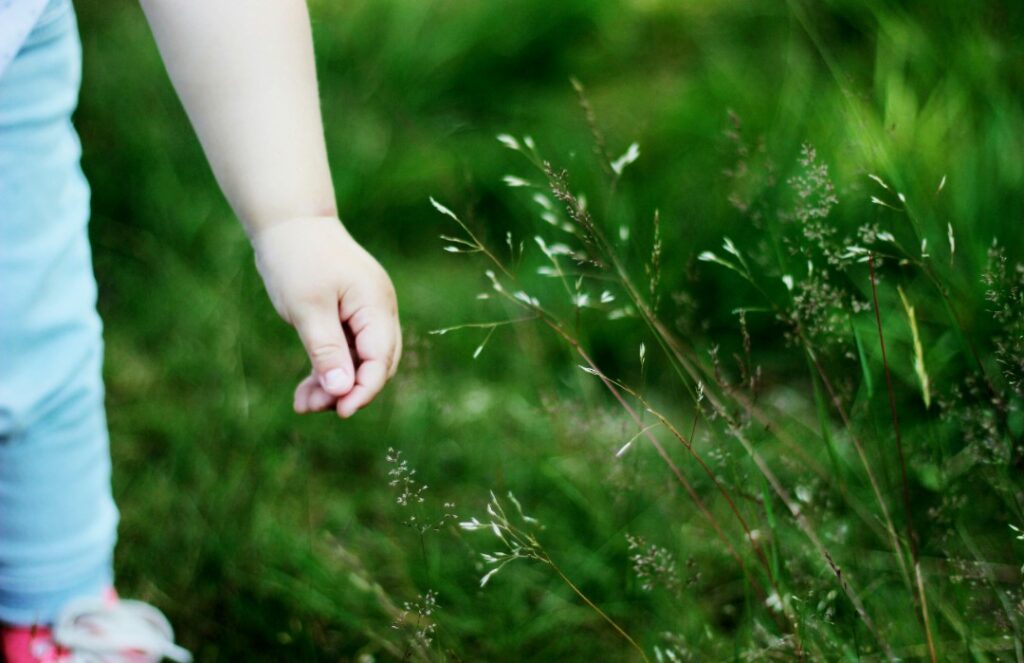Repetitive behaviours are very common for those with ASD, in this article we explore how to stop an autistic child biting their nails.
Autism and nail biting
We all have our habits don’t we. It may even be the case that the person reading this bites their nails also.
But with autistic children habits take on a new meaning. They can become an embedded repetitive behaviour which is hard to tackle.
Nail biting can even get to the point that it is moderately harmful to the child. We say that because sometimes autistic children don’t know their limits.
Whereas a neuro-typical nail biter may stop at the appropriately short length. A child or adult with ASD could go further and further.
Therefore a parents intervention is understandable. Not only is there a social stigma and hygiene issues involved, it’s also that their child may be harming themselves.

Understanding the behaviour
Before diving into solutions, it’s crucial to understand why an autistic child may be biting their nails.
Nail biting in children with autism can be a coping mechanism or a response to sensory sensitivities.
It may serve as a way to self-soothe or manage anxiety. This is similar to other repetitive behaviours often associated with autism.
So it is unlikely to be as simple as it may be for a neuro-typical person to stop. The nail biting may actually serve a purpose to the child.
Patience
The first step in helping your child is to approach the issue with patience.
Remember that nail biting may be their way of managing stress and anxiety.
Parents should try to avoid scolding or punishing your child, as this can actually increase anxiety and exacerbate the behaviour.
Instead, parents can express their concern and reiterate that they’re there to help.
Strive for tranquility
As it is likely that the nail biting will be linked to anxiety, an obvious step would be to reduce that where possible.
Autistic children are often sensitive to their surroundings.
Consider creating a calming environment at home to reduce stressors that may trigger nail biting.
This could include providing a quiet, organised space for your child to retreat to when they feel overwhelmed.
Implementing sensory-friendly elements like soft textures or dimmed lighting can also be beneficial.
Understand your child
In an article such as this, we have to be quite genetic as every child is different.
For parents then the goal is to identify the triggers that lead to nail biting specifically in your child.
It sometimes helps to keep a journal to track when the nail biting takes place. Perhaps consider having a rolling note on your phone.
Is it more frequent during stressful situations, transitions, or sensory overload?
Understanding the triggers can help you anticipate and address them proactively.
Consider sensory alternatives
Naturally it will be impossible to replicate the same feedback your child gets from nail biting.
With that said however you could try and replace the feedback with a more healthy sensory option.
The market is almost limitless when it comes to sensory toys.
Some children benefit from sensory tools like stress balls, fidget toys, or chewable options.
These tools can redirect the sensory need while being less harmful than nail biting.
It may be a case of trial and error to see which sensory option your child prefers.
Clip the nails short
A lot of parents will wince at this suggestion. Be reassured, we are acutely aware of how difficult it can be to clip autistic children’s nails.
However if your child is receptive to it, you could consider keeping them extremely short to make the nail biting more challenging.
Decorate the nails
Naturally decorating your child’s nails won’t to be to every parents taste, but it is an option on the table.
There are all kinds of decorations which could be applied, including images of animals or cartoon characters.
If your child likes their new designs they are a lot less likely to carry on with their biting.
Remember, you are trying to break the habit and this could only take a month or so.
Use a nail biting solution
If not already aware, there are all kinds of liquid solutions available on the market to stop nail biting.
Once applied to the nail it makes them taste extremely bitter, to a sensitive autistic child this may do the trick.
Here is what we found to be the top rated option on Amazon.
Lead by example
It goes without saying that nearly all children take inspiration from their parents.
Be sure to demonstrate healthy coping mechanisms and stress management techniques.
This could include taking deep breaths or visibly relaxing when stressed.
It also goes without saying that parents should strongly refrain from biting their own nails!
Summary – How to stop an autistic child biting their nails
Helping your autistic child overcome nail biting is a journey that requires patience and understanding.
By creating a supportive environment you can assist your child in managing this behaviour.
Remember that every child is unique, and what works for one may not work for another.
Stay connected with support groups who can offer guidance and tactics throughout this process.
With time, effort and consistency you can help your child develop healthier ways to cope with their challenges.

